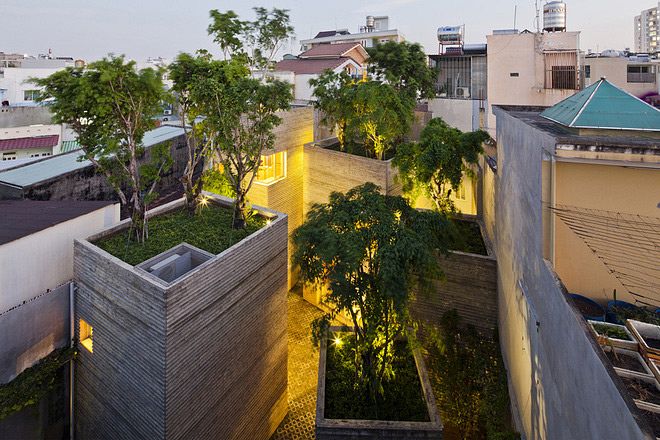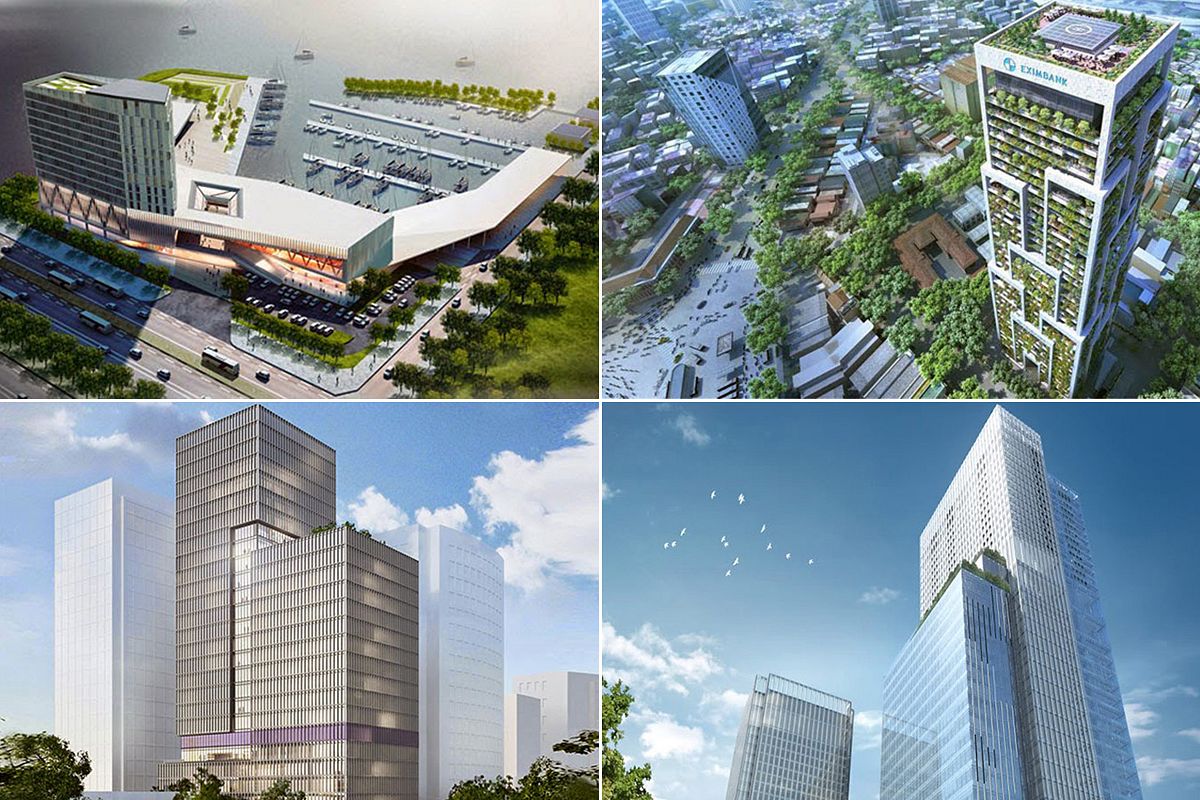As we enter the final quarter of the year, it’s safe to say 2016 hasn’t exactly been the economic success Vietnam had hoped.
On the contrary, even Prime Minister Nguyen Xuan Phuc recently accepted that the country’s gross domestic product (GDP) growth is unlikely to hit the government’s 6.7% target by year-end, reports Business Insider.
There are a few reasons for this sluggish growth, namely the Mekong Delta’s historic drought, central Vietnam’s Formosa fiasco and a change in governmental leadership.
However despite these setbacks, there is hope: the Ministry of Planning and Investment remains optimistic that the country’s overall GDP growth can reach 6.27% by the end of this year, according to Forbes. Standard Chartered, too, estimates Vietnam will hit 6% GDP growth in 2016 and get back on track for 6.6% growth in 2017.
Furthermore, even though Vietnam’s 2016 progress has fallen short of the country’s initial targets, experts remain positive about the years ahead. The Economist recently pointed to Vietnam’s foreign direct investment (FDI) as an indicator of the country’s greater economic potential. In 2015, FDI in Vietnam hit an all-time high, and the country is poised to repeat that success this year, with foreign investment deals bringing in US$11.3 billion in the first half of 2016 alone.
Thanks to low labor costs, a young, educated workforce and a few key free trade deals with South Korea, the European Union and (potentially) the 11 other signatories of the Trans-Pacific Partnership (TPP), the country is on solid footing to continue making positive gains in the years ahead. Depending upon how this growth is managed, writes the Economist, if Vietnam hits consistent 7% annual growth over the next decade, the country could earn a reputation as the next big economic success in Asia, on par with “Asian tigers” like China, Taiwan and South Korea.
While large economies like China and India are considered powerhouses in part due to their size and population, Vietnam’s fierce local competition and strong growth have set the smaller nation up well for attracting FDI in a different way, according to the Economist. Within Vietnam, individual cities and provinces compete with one another to win foreign investment, making the country more attractive to outside investors.
Though there is plenty of reason for optimism, however, Vietnam also has a handful of challenges to navigate in the coming years, including reforms in the financial and real estate industries and unwieldy state-owned firms. The World Bank will also phase out concessional lending to the country next year as Vietnam transitions to a middle-income country, making loans harder to come by.
[Photo via Flickr user ILO in Asia and the Pacific]














